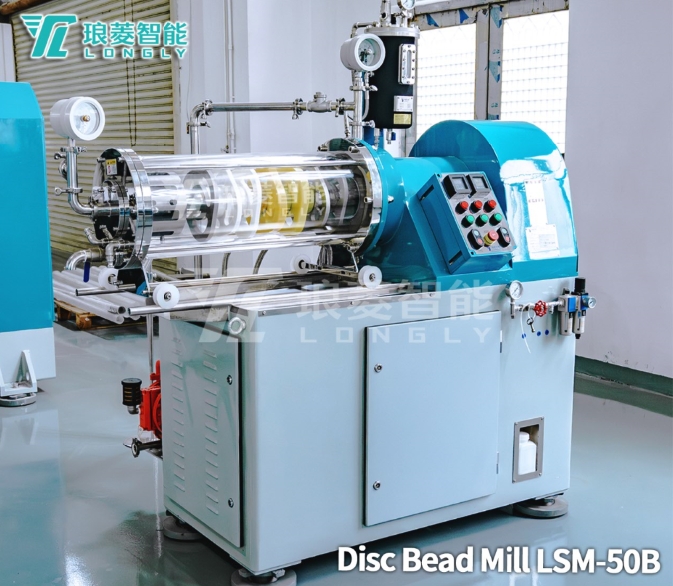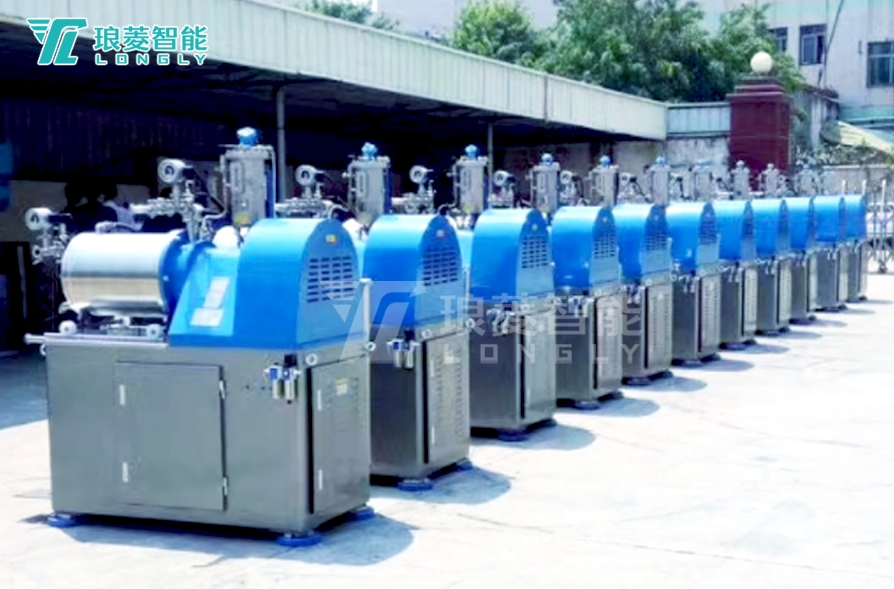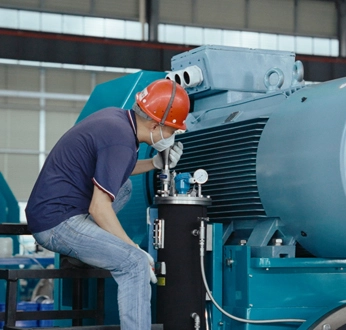
Color paste is a semi-finished product mainly comprised of dispersant, pigment that disperses in the filler. Oil-based color pastes use Pure oil as an adhesive, resin color paste uses resin as an adhesive and water-based color pastes add a surfactant in water as a filler. As a component in the paint for coloring, the types of color paste are important to forming various kinds of paints. A small amount of surfactant like zinc cyclohexane is often added during manufacturing to make the pigments dispersed better in the color paste.

The traditional way to color the paint is to add pigment powder directly while some paint manufacturers add the slurry made by pigments to the paint. This comes with disadvantages. Lack of professional technology and processes, the pigment particles are relatively coarse getting the paints in bad and uneven coloring. If such coarse pigment particles are added, the paint will get poor in light resistance and weather resistance after the film formation thereby the coloring is prone to fading.
Industrial production processes develop rapidly with the great market demand nowadays, and the requirements for color paste are no longer simply adding pigments to the filler(solvent or water), especially for some high-end coating or paint manufacturers, the requirements are higher. Most manufacturers of color paste use bead mills to finer the solid pigment particles to reach the micron, even the nano level, which improves the performance such as coloring.

The bead mill adopts the disc or pin as the rotor structure in the design of the closed inner vessel with the grinding element fixed on the agitating shaft, which overcomes the shortcomings of the unevenly distributed grinding media during the grinding and avoids poor particle size distribution.
The slurry enters the grinding chamber by the feeding pump. The inlet is attached to the flange connecting the driving. The flow direction of the slurry is opposite to the bottom end of the mechanical seal, which greatly reduces the pressure on the mechanical seal and prolongs its service life. During the high-speed rotating of the eccentric disc mounted on the agitating shaft, the mixture with the slurry and grinding media undergoes efficient relative motion. As a result, the solid particles in the slurry are effectively dispersed, sheared, and crushed, thereby the final product is obtained after the dynamic large-flow gap separation through the filter.

We the LONGLY group are a manufacturer and supplier specializing in wet grinding equipment, systems, and solutions. Our products cover high-end laboratory bead mills, mass-production bead mills, and complete sets of equipment in grinding production lines, integrating R&D, production, sales, design, and construction. Apart from China, there are 7 global sales centers(including technical support), from Germany, America, Pakistan, Japan, India, Indonesia, and South Korea. Our experience with successful cases in providing the full series equipment has made LONGLY a brand with high rates of direct designation in China.
